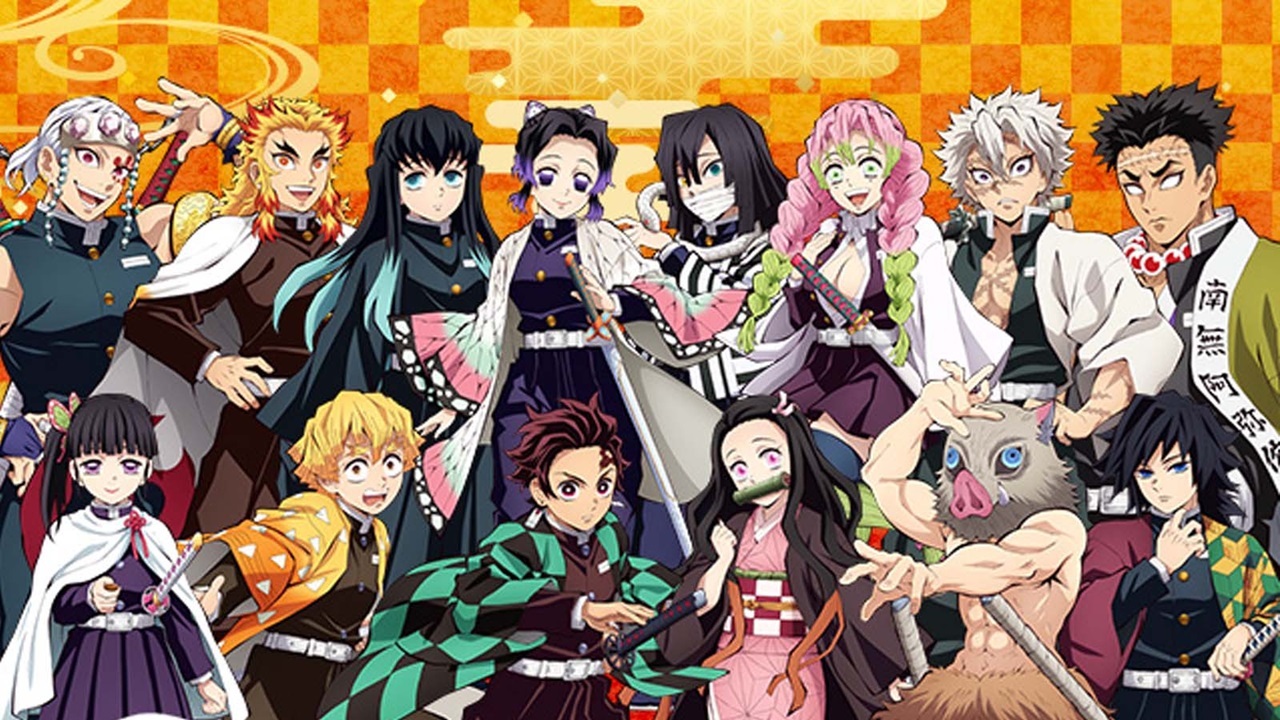
Introduction
Demon Slayer: Kimetsu no Yaiba, written and illustrated by Koyoharu Gotouge, has taken the world by storm since its debut. This article delves into the intricate world of Demon Slayer, exploring its origins, storyline, characters, impact, and legacy.
Table of Contents
The Genesis of Demon Slayer
Koyoharu Gotouge: The Creator Behind the Magic
Koyoharu Gotouge, a relatively new face in the manga industry, crafted Demon Slayer with a unique blend of traditional shonen elements and original storytelling. Born on June 5, 1989, Gotouge began their career with short stories before creating Demon Slayer, which quickly garnered acclaim.
The Beginnings: Serialization and Publication
Demon Slayer: Kimetsu no Yaiba first appeared in Weekly Shōnen Jump in February 2016. The manga’s serialization was met with an enthusiastic response, gradually building a fan base that would propel it to international fame.
The Storyline: A Journey Through Tanjiro’s World
The Premise: Tanjiro Kamado’s Tragic Beginning
The story begins with Tanjiro Kamado, a kind-hearted boy who lives in the mountains with his family. Their peaceful life is shattered when Tanjiro returns from a trip to find his family slaughtered by demons, with only his sister, Nezuko, surviving—albeit transformed into a demon.
Tanjiro’s Quest: Becoming a Demon Slayer
Determined to avenge his family and cure his sister, Tanjiro joins the Demon Slayer Corps. His journey introduces him to a variety of allies and enemies, as he battles demons, uncovers hidden secrets, and grows into a formidable fighter.
The Art of Combat: Breathing Techniques and Styles
One of the unique aspects of Demon Slayer is its intricate combat system, known as “Breathing Techniques.” These techniques enhance the user’s physical abilities and are categorized into different styles, each with its own strengths and weaknesses. Tanjiro’s primary technique is the Water Breathing Style, which evolves as he progresses in his training.
Key Characters and Their Development
Tanjiro Kamado: The Protagonist’s Growth
Tanjiro Kamado’s character development is central to the manga’s narrative. His journey from a grieving brother to a skilled demon slayer is marked by personal growth, resilience, and compassion. Tanjiro’s unwavering determination to protect his sister and fight for justice drives the story forward.
Nezuko Kamado: The Demon with a Heart
Nezuko Kamado, Tanjiro’s sister, plays a crucial role in the story. Despite her transformation into a demon, she retains her humanity and fights alongside Tanjiro. Her struggle to maintain her humanity while battling her demonic instincts adds depth to her character.
Supporting Characters: Allies and Mentors
The manga introduces several key supporting characters, including:
- Zenitsu Agatsuma: A fellow demon slayer with a timid personality who possesses immense strength when unconscious.
- Inosuke Hashibira: A brash and powerful demon slayer who wears a boar’s head as a mask.
- Kanao Tsuyuri: A skilled demon slayer and the adopted sister of Shinobu Kocho, who becomes a close ally to Tanjiro.
Antagonists: The Demons and Their Leader
The primary antagonists in Demon Slayer are the demons, led by Muzan Kibutsuji, the first demon and the series’ primary villain. Muzan’s quest for immortality and his ability to create powerful demons presents a significant challenge for Tanjiro and the Demon Slayer Corps.
The Art and Aesthetics of Demon Slayer
Visual Style: A Blend of Tradition and Innovation
Demon Slayer is renowned for its stunning artwork, combining traditional manga aesthetics with dynamic, fluid action sequences. The intricate details of the characters’ designs and the vibrant use of color in the anime adaptation contribute to its visual appeal.
Symbolism and Themes: The Heart of the Story
The manga explores various themes, including:
- Family and Sacrifice: The bond between Tanjiro and Nezuko highlights the importance of family and the lengths one will go to protect loved ones.
- Courage and Perseverance: The struggles and growth of the characters emphasize the values of bravery and resilience in the face of adversity.
- Humanity and Redemption: The struggle of demons to retain their humanity and the quest for redemption are recurring themes throughout the series.
The Anime Adaptation: A Global Phenomenon
From Manga to Screen: The Anime’s Success
The anime adaptation of Demon Slayer premiered in 2019, produced by Ufotable. Its high-quality animation, compelling voice acting, and faithful adaptation of the manga’s story contributed to its massive success.
Mugen Train: The Record-Breaking Film
Demon Slayer: Kimetsu no Yaiba – The Movie: Mugen Train (2020) became a cultural phenomenon, breaking numerous box office records and receiving widespread acclaim. The film continued the story from the anime and explored new depths of character development and action.
The Impact and Legacy of Demon Slayer
Cultural Impact: A Global Influence
Demon Slayer has significantly influenced popular culture, inspiring merchandise, spin-offs, and a dedicated fan base worldwide. Its success has also led to increased interest in manga and anime globally.
Awards and Recognition: Critical Acclaim
The manga and anime have received numerous awards and accolades for their storytelling, animation quality, and impact on the industry. Demon Slayer has been recognized as one of the best manga series of its generation.
Conclusion
Demon Slayer: Kimetsu no Yaiba is more than just a manga; it’s a cultural phenomenon that has captivated audiences with its compelling story, rich characters, and breathtaking art. As it continues to influence and inspire, its legacy as a landmark series in modern manga and anime history is firmly established.





